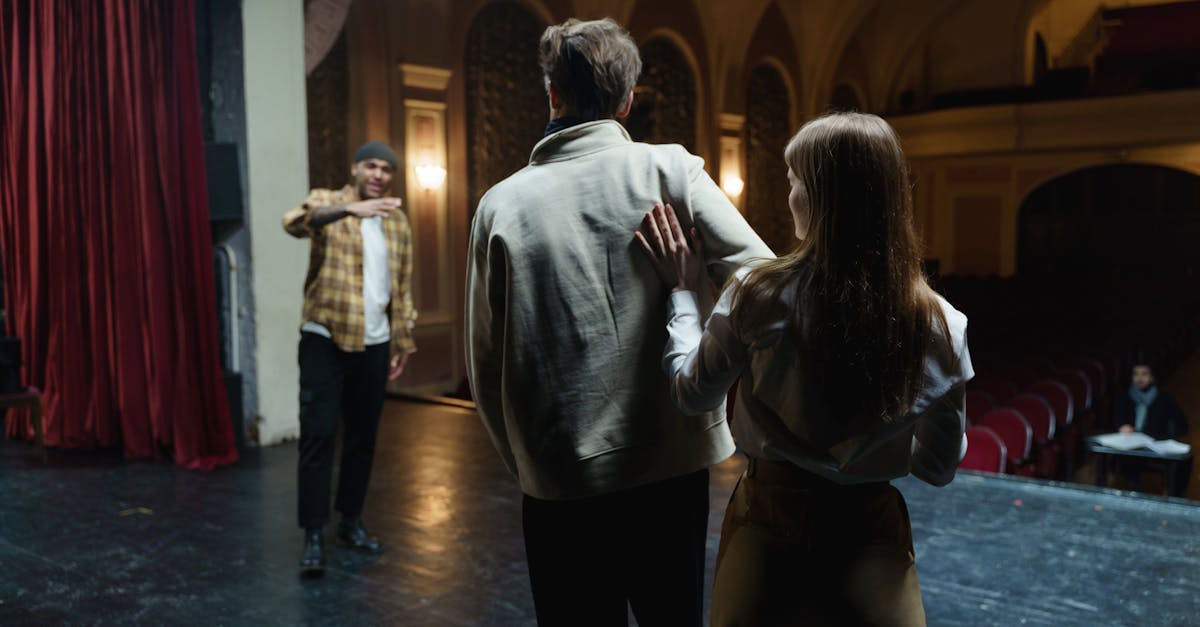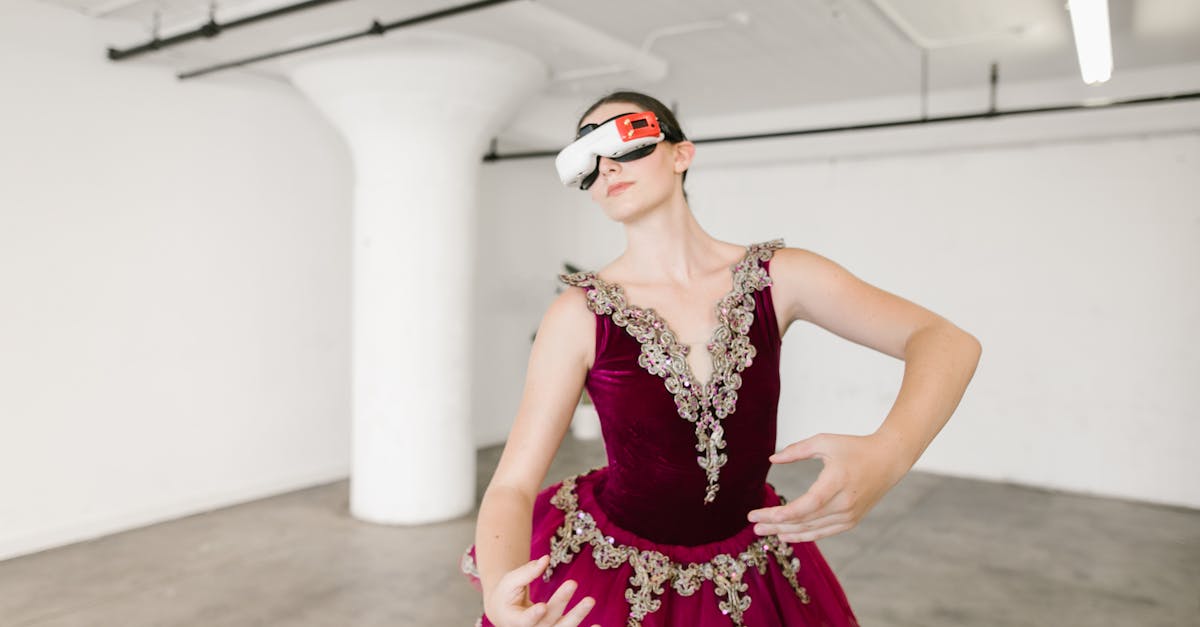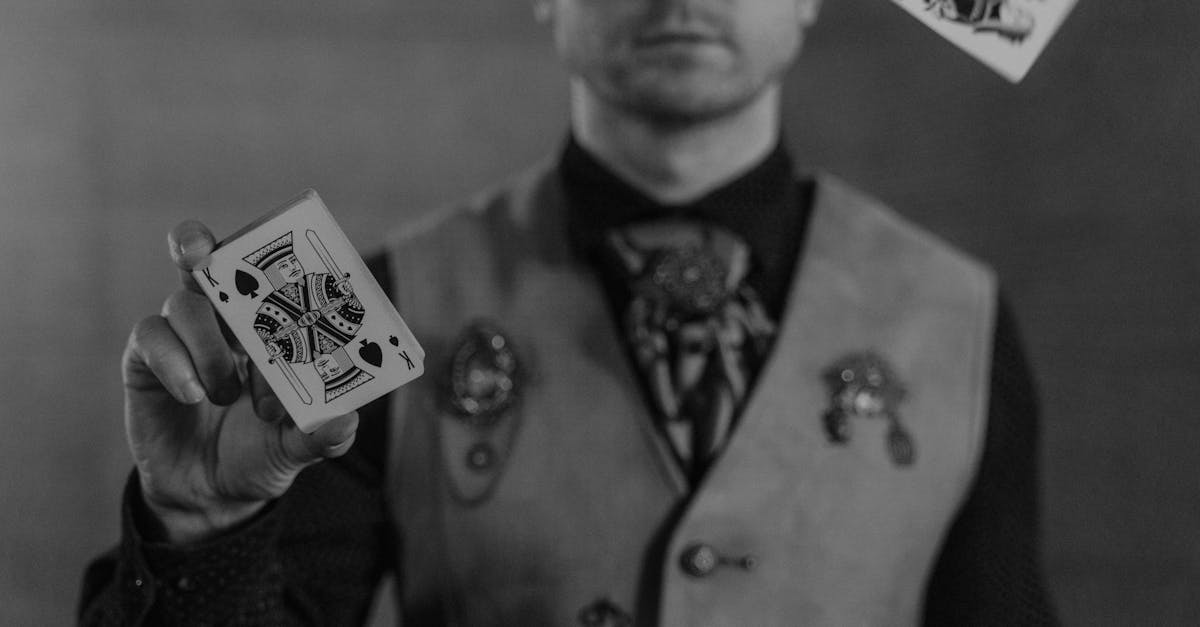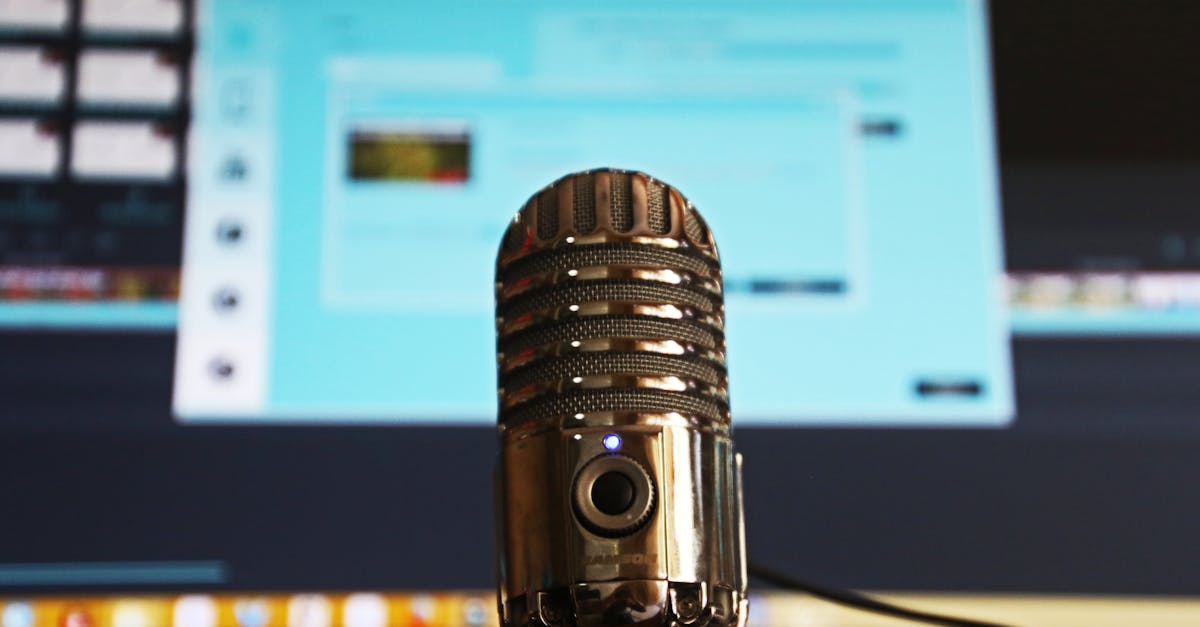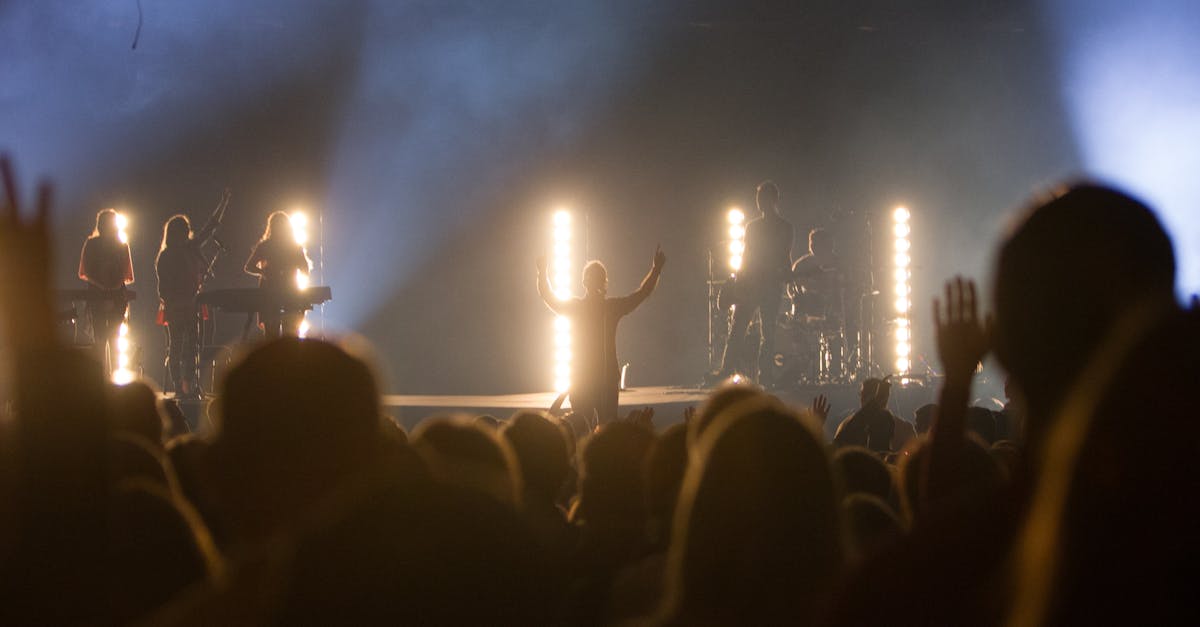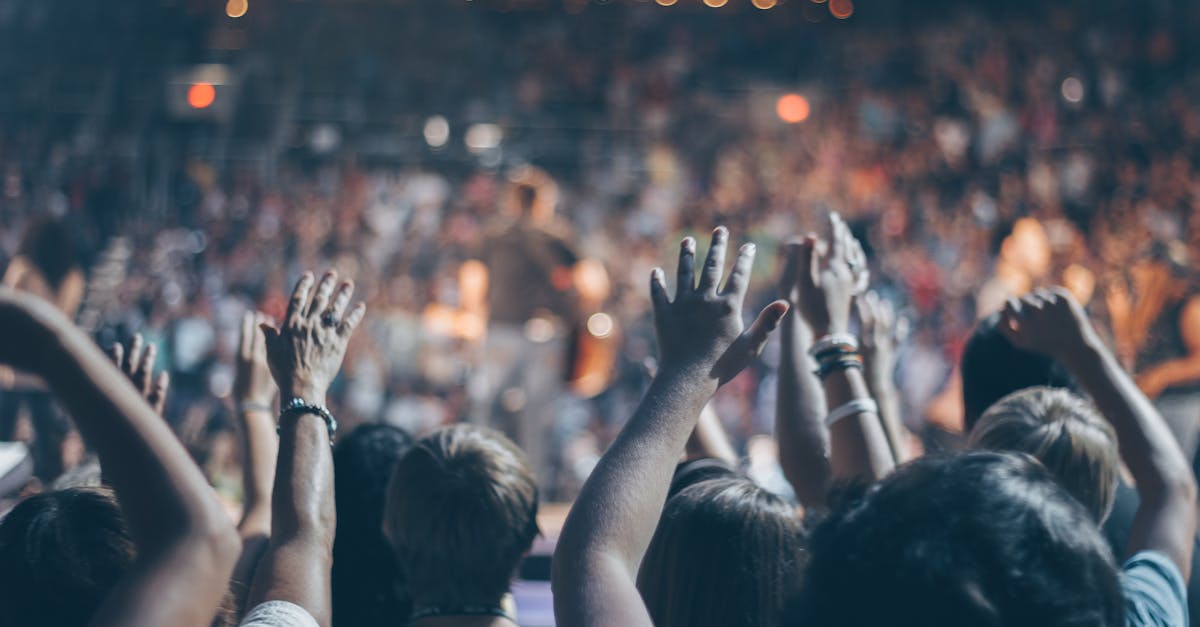Predicting Arts Entertainment in 2090
Introduction
The arts and entertainment landscape has consistently evolved, reflecting the cultural zeitgeist of any given era. As we venture into 2090, we can anticipate groundbreaking transformations driven by technological advancements and changing societal values. From virtual reality performances to AI-driven art, the future holds possibilities that challenge our current understanding of art and entertainment. As we explore these fascinating predictions, one must consider the roles of technology, culture, and global connectivity. How will these elements shape arts entertainment by 2090? Let's delve into the avenues that could define the artistic expressions of the future.
Advertisement
The Rise of Virtual Reality and Augmented Reality
In 2090, virtual reality (VR) and augmented reality (AR) may become mainstream mediums for delivering immersive art experiences. These technologies can transform any space into a multi-sensory environment, enabling audiences to "step into" works of art. Imagine attending a live concert from the comfort of your home, experiencing not just the music but also visually stunning 3D projections. Exhibits will no longer be confined to physical limitations, as AR can bring classic paintings to life in new and interactive ways. As devices become more sophisticated and accessible, these virtual worlds could become as vital to art as paint and canvas were in centuries past.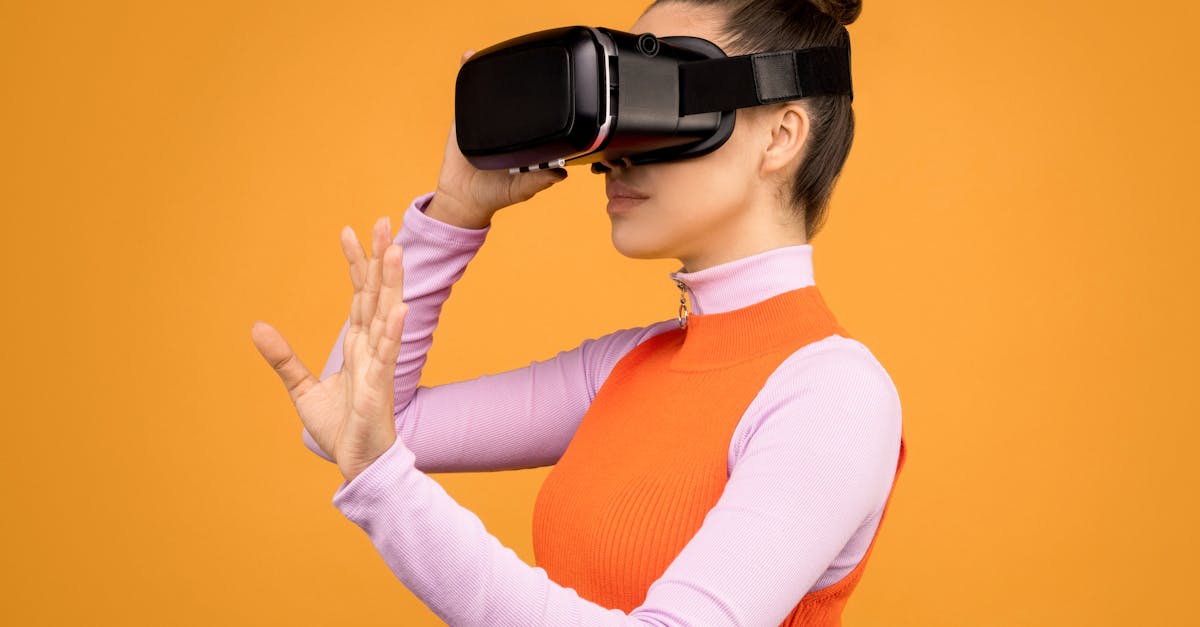
Advertisement
Artificial Intelligence in Creative Expressions
Artificial Intelligence (AI) stands poised to redefine artistic creation, composing symphonies, writing novels, and crafting visual masterpieces. By 2090, AI may evolve to mimic, or even surpass, human creativity, resulting in entirely new art forms. Artists might collaborate with machines, feeding algorithms with personal style parameters to produce unique pieces of art. AI's continual learning capabilities would enable machines to understand and adapt to audience preferences, producing works that are both innovative and personalized. The debate over authorship and originality will undoubtedly rise, yet the blend of human emotion with machine precision could create a renaissance of untapped creative potential.
Advertisement
Holistic Art Experiences
The future promises art experiences that engage all five senses, creating truly holistic and enveloping environments. By 2090, advancements in technology could enable creators to integrate smell, touch, and even taste into performances and exhibitions. Galleries may offer scent-integrated installations, layering aromas to complement visual displays, thus affecting viewer emotions and perceptions. The development of haptic technology can enable paintings and sculptures to be "touched" virtually, adding dimensions to interactive exhibits. This multisensory approach could redefine audience engagement, crafting experiences that linger long after the interaction has ended.
Advertisement
Environmental and Sustainable Art
With increasing awareness of climate change and resource scarcity, art in 2090 will likely reflect ecological consciousness. Artists might incorporate renewable materials and eco-friendly practices throughout their work, emphasizing climate action and sustainability. These creations will serve as both a statement and a solution, with innovative designs like art that harnesses solar energy or purifies air. Collaborations between scientists and artists could lead to exhibitions that educate and inspire future generations to protect the planet. As environmental themes become central, art will continue to elevate discourse around sustainability, merging beauty with activism.
Advertisement
Global Connectivity and Cultural Exchange
The interconnectedness facilitated by technology will further increase cultural exchange, enriching the arts landscape. In 2090, an artist from Tokyo might collaborate seamlessly with a performer in Lagos, melding diverse cultural traditions into new artistic expressions. These cross-cultural projects can give rise to universal art forms that celebrate global unity while respecting cultural uniqueness. One can anticipate international festivals held entirely online, allowing performers and audiences from around the world to engage without the constraints of travel. The exposure to different cultures will expand the global arts narrative, fostering greater empathy and understanding among nations.
Advertisement
The Evolution of Traditional Art Forms
While technology will drive much of the innovation, traditional art forms will continue to evolve and adapt. Painting, sculpture, and music will remain significant, integrating new techniques and materials to stay relevant. By 2090, classical and digital techniques might blend seamlessly, with artists using holographic brushes to paint or digitally sculpting on screens. Museums may devote space to retrospective works, showcasing how traditional art has transformed while remaining true to its roots. Even as new mediums emerge, the timeless essence of traditional art forms will persist, offering continuities between past and future generations.
Advertisement
Interactive and Participatory Art
Art will increasingly invite participation, engaging audiences as co-creators rather than passive observers. By 2090, interactive installations might rely on biofeedback from participants, adjusting in real-time based on heart rate, body temperature, or emotional state. Virtual platforms will offer choose-your-own-adventure narratives, enabling viewers to shape storylines in a film or play. These tailored experiences will resonate deeply with audiences, fostering more profound emotional connections with art. By breaking down the barriers between creator and consumer, this participatory approach will redefine the role of art in society.
Advertisement
Enhanced Accessibility and Inclusivity
The arts of 2090 will aim to be more inclusive and accessible, embracing diverse voices and perspectives. Virtual platforms can eliminate physical and economic barriers, enabling a broader audience to enjoy art regardless of location or financial status. Adaptable interfaces will allow people with disabilities to interact with art, customizing experiences to their needs. With increasing awareness of representation, more marginalized voices will contribute to the arts landscape. Creators will actively branch out to cover underrepresented themes, ensuring art resonates with the widest audience possible.
Advertisement
Conclusion
By 2090, arts entertainment will traverse new frontiers, blending tradition with innovation and pushing the boundaries of creativity and expression. The integration of technology, sustainable practices, and global connectivity will open channels to explore art like never before. While challenges of authenticity and accessibility will arise, the potential for positive impact is boundless. As we look ahead, one thing remains certain: the arts will continue to inspire, provoke, and unify humanity in ever-evolving ways. The artistic visionaries of today will lay the foundation for a future where creativity knows no bounds.
Advertisement
